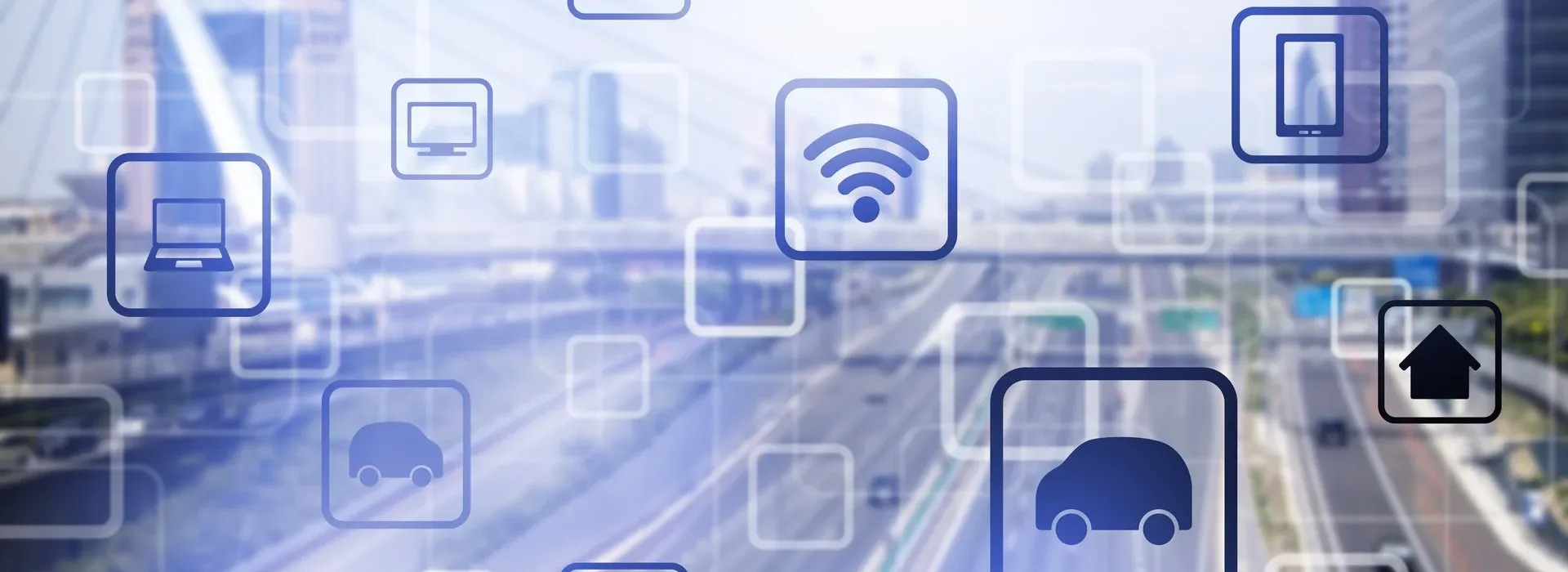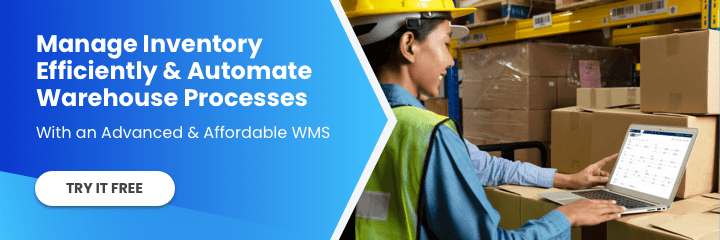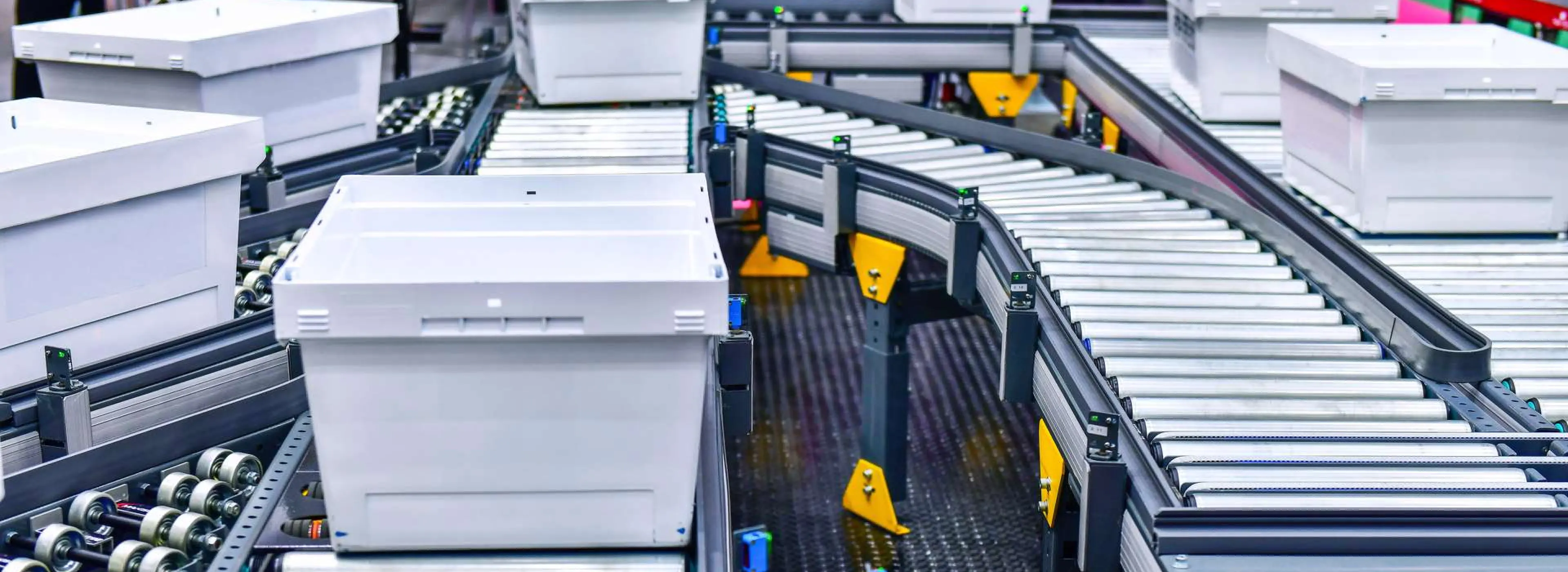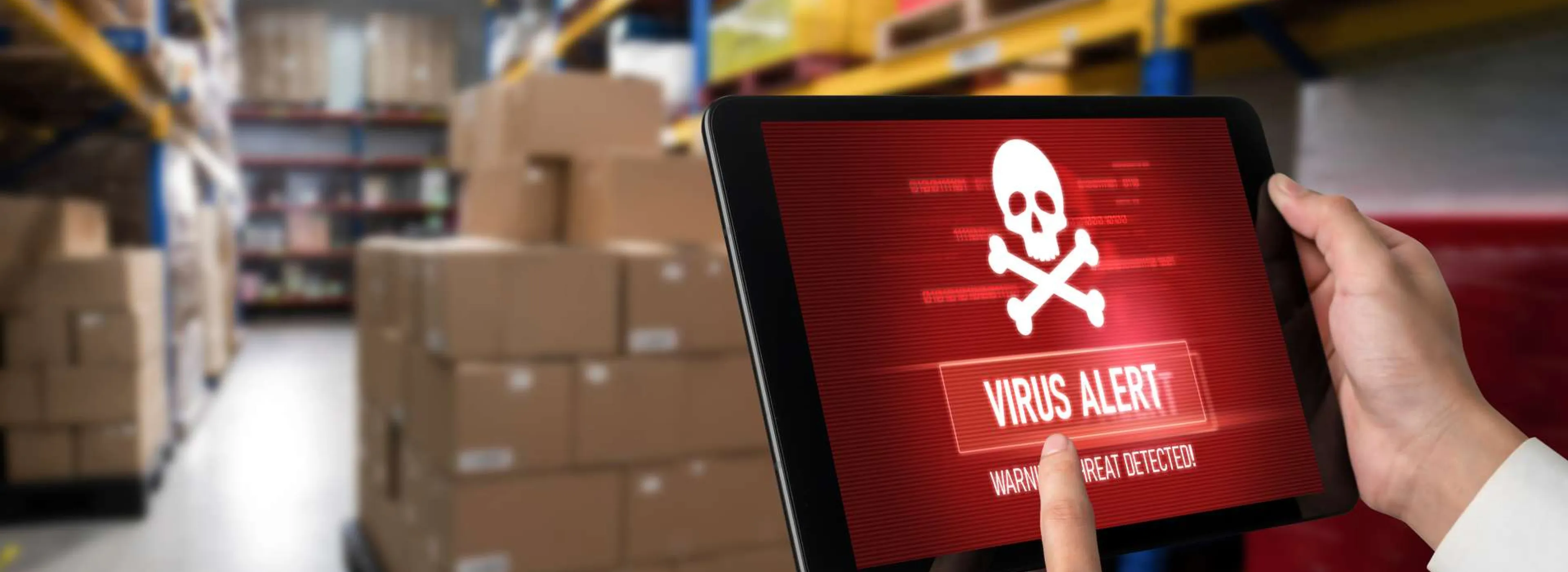In recent years, there has been an explosion of innovative logistics technologies promising to shift the landscape of the supply chain and logistics industry. Among them – particularly important considering relevance and viability – is the Internet of Things (IoT).
Download Guide: 7 Technologies That Will Change the Warehouse
Forrester, one of the most influential research and advisory firms, showed in its IoT research survey that “over 80% of surveyed firms agreed that IoT solutions will be the most strategic technology initiative for their organization in a decade”.
But what is it? How can it contribute to the industry? And what is the status of this technology? These are the questions that we will address in this article.
What is the Internet of Things (IoT)?
The Internet of Things (IoT) is the interconnectivity of devices and/or physical objects (mobile devices, vehicles, cargo, etc.) with embedded sensors that collect, transmit, and exchange information in real time over a network (local or Internet) regardless of their physical location.
IoT was initially conceptualized in 1982 at Carnegie Mellon University but had to wait until 1999 when a research group from MIT (AutoID Lab) focused their investigations on RFID (radio-frequency identification) and sensing technologies.
This technology brings life to objects (“things”) by keeping them directly connected to systems, thus allowing continuous recording of the state of the objects (location, temperature, motion, etc.) and data collection that can be used to optimize operations, detect inefficiencies, and much more.
Gartner, the world’s leading information technology research company, forecasted that 6.4 billion “things” will be connected in 2016 (30% up from 2015) and reach 20.8 billion by 2020.
How Can IoT Contribute to Supply Chains and Logistics?
In the complex operation of producing, transporting, warehousing and distributing goods without losing track of them, IoT components like RFID, GPS, temperature sensors, etc. could bring the industry its own “industrial revolution”.
It can do so by enabling businesses to monitor the status of goods in real time across the supply chain, increasing the speed at which information is gathered and analyzed.
Benefits include increased operational efficiency, better and faster decision-making, and automation of certain business processes.
IoT’s Impact on Transportation
Fleet optimization, safety, and cargo security are at the heart of a profitable and sustainable trucking operation. Trucks equipped with telematics and sensors can measure load capacity and help identify historical spare capacity on certain routes, along with providing recommendations to decrease deadhead miles.
From a safety and security perspective, sensors can also track and detect damage, hazardous driving patterns, frequency of hard braking, average speed, non-stop traveled distances, and driver fatigue – just to mention a few. Once these events are recorded, the system can alert decision-makers and drivers if and when necessary.
IoT’s Impact on Warehousing
With the drop in cost and the standardization of RFID labels and antennas (an IoT component), companies can have accurate, real-time inventory. During receiving, storing, and shipping operations, warehouses can use this sensing technology to know what is coming in and going out, what is in the warehouse, and where.
For sensitive cargo, like electronics or food and beverages, that require careful handling, temperature and humidity control sensors can alert when mishandling occurs or when temperature and humidity fall outside the required parameters.
The power of the IoT relies on the ability to interconnect “things” and collect accurate data in real-time. Connecting each object (and/or device) to a central system allows businesses to gain a new level of visibility and understand their operations like never before.
IoT’s Impact on The Supply Chain As A Whole
Watch this video: https://youtu.be/pIB0DIXoWNM.
What is the Status of the Internet of Things?
Unlike other logistics technology trends (drones, driverless vehicles, autonomous vessels, etc.), the ecosystem required for IoT to take off is ready. Important factors such as improved battery life, consumerization of sensor technologies, the move towards 5G wireless communications, big data analytics, and the decline of technology costs have created the ideal conditions for this technology to thrive.
A Forrester research survey shows that nearly 65% of surveyed firms have deployed or are in the process of implementing IoT solutions.
Supply chain and logistics are two industries that will benefit the most from this technology. 71% of transportation survey responders said that they plan to implement an Internet-of-Things solution in the next 12 months or are in the process of implementing it.
This same research shows that some of the most important challenges these organizations plan to address with IoT include: fleet management, security and surveillance, proactive alerts, and supply chain visibility.
For many years, transportation, warehousing, distribution centers, and retailers have desired visibility of goods as they move through the supply chain. With IoT, companies will gain not only the desired visibility but also the ability to detect business inefficiencies, protect goods, and reduce accidents.
For more information about warehouse technology trends, you can follow us on LinkedIn, YouTube, X, or Facebook. If you have other inquiries or suggestions, please contact us here. We’ll be happy to hear from you.












